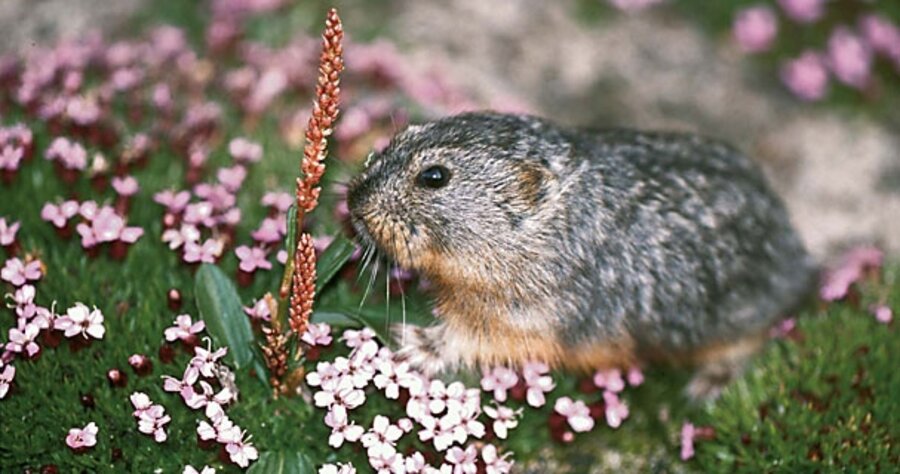Climate change threatening lemmings
Loading...
I'll admit that my first reaction to this news was, "Who cares?" Of all the critters imperiled by human activity, why worry about the ones that persistently commit mass suicide?
Except that it turns out that lemmings do not, in fact, intentionally hurl themselves into the sea. It's a myth. Yes, the northern rodents have experienced periodic population booms, prompting them to migrate en masse to new territory, sometimes drowning or being trampled along the way. But not deliberately. The lemming, like every other animal, tends to prefer being alive.
Apparently, the myth took hold with the 1958 Disney documentary "White Wilderness." Instead of shooting an actual migration, the filmmakers took it upon themselves to transport a few dozen lemmings to a riverbank in Alberta, Canada, a landlocked province where the animals are not native. They then tossed the rodents off a cliff into the "sea" and filmed them as they drowned, thus propagating a persistent urban legend. You can watch the clip on YouTube. For its efforts, the allegedly pro-rodent studio won an Oscar for Best Documentary.
But now the Arctic arvicolines are facing a threat even more menacing than Disney's filmmakers: global warming. According to Reuters, a study of Norwegian lemmings from 1970 has found that the creature's periodic population spikes, which normally occur every three to five years, ended in 1994. Warmer temperatures, say the study's authors, have created wetter snow, which makes it more difficult for the lemmings burrow into it to reach food and avoid predators. Their study appears in the current issue of Nature.
It would be bad enough if it were just the lemmings that were dying off, but their absence is being felt throughout Norway's ecosystems. Populations of Arctic foxes and snowy owls have depended on lemming booms for food, and now they are turning to other animals, such as the grouse (a bird that, contrary to another widespread myth, does not make frequent, petty complaints).
Norway's lemmings, foxes, and owls are still far from going extinct, but it's only getting worse: Reuters notes that late winter and early spring temperatures in southeastern Norway in recent decades are the highest since records began in 1756.
As the north pole continues to warm, the fragility of Arctic ecosystems is becoming ever more unmistakable. Far from being a frozen wasteland, the lands to the north are home to a finely tuned arrangement of water, soil, plants, animals, chemicals, and microbes that, when disrupted even slightly, can lead to cascading failure. I'd use this as an opportunity to condemn reliance on fossil fuels, if only I could come up with a valid metaphor for mindlessly marching toward disaster.





